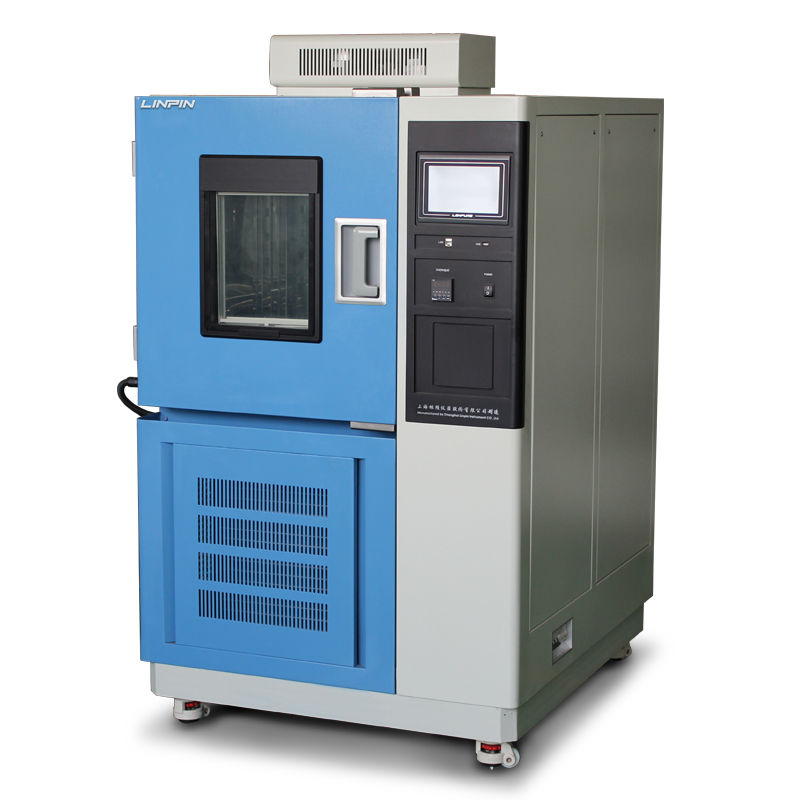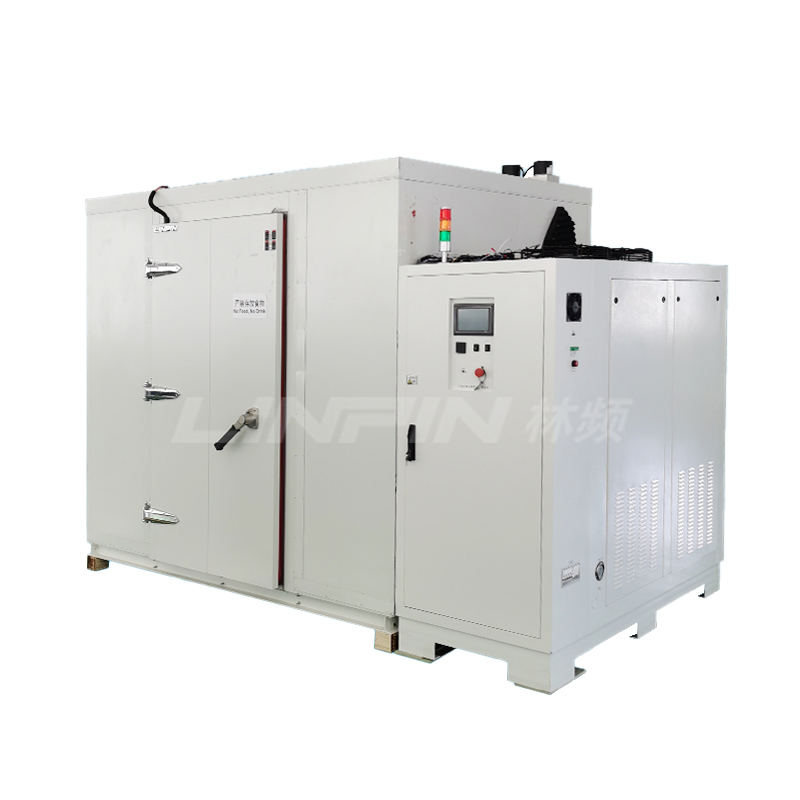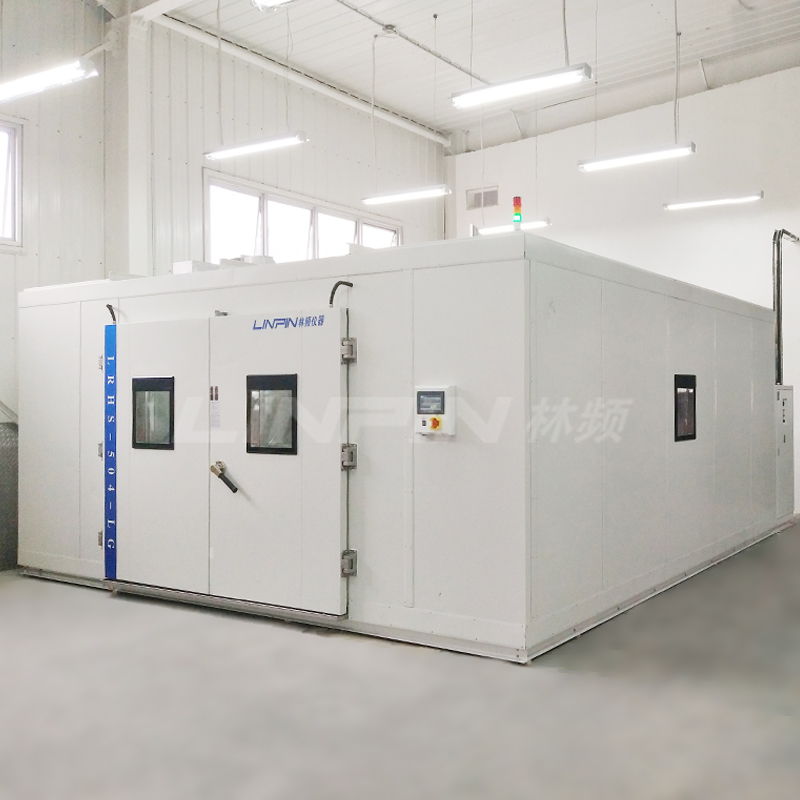Deformation of Plastic Housings After HAST Chamber Testing? A Comparative Guide to Material Hygroscopicity
Author:LINPIN Update Time:2025-08-18 Source:LINPINIn this era of rapid technological advancement, the reliability and durability of electronic devices have become increasingly critical. Particularly in environmental stress testing, the use of HAST (Highly Accelerated Stress Test) chambers has opened a Pandora's box, revealing potential issues—such as deformation—that plastic housings may exhibit under harsh conditions. The root cause of deformation often lies in the material's hygroscopicity. Today, we will delve into the deformation of plastic housings after HAST chamber testing and how comparing material hygroscopicity can provide a reliable basis for selecting the right plastic material.
The Significance of HAST Chambers
HAST chambers simulate high-temperature, high-humidity environments to test the performance and lifespan of electronic components under extreme conditions. When plastic housings are subjected to such environments, their hygroscopicity becomes a key factor affecting shape and structural stability. Highly hygroscopic materials tend to absorb moisture, leading to molecular structural changes that can cause deformation, alter physical properties, and even impair the overall functionality of the device.

Comparing Material Hygroscopicity
When selecting plastic housing materials, differences in hygroscopicity cannot be ignored. Below is a comparison of several common plastic materials:
- Polycarbonate (PC): Exhibits relatively low hygroscopicity and performs well in high-humidity environments, effectively reducing the risk of deformation.
- Polypropylene (PP): While it offers good chemical resistance, its higher hygroscopicity makes it prone to deformation after moisture absorption, potentially yielding unsatisfactory results.
- Polyamide (Nylon): Highly hygroscopic, absorbing moisture that significantly alters its physical properties—thorough pre-use evaluation is recommended.
- Polystyrene (PS): Has lower hygroscopicity, but long-term stability in certain humidity conditions should still be considered.
Comparing these materials reveals that polycarbonate, with its lower hygroscopicity, demonstrates greater resistance to deformation and performance degradation in HAST testing. Therefore, selecting the right plastic housing material is a crucial step in ensuring product quality and extending service life.In the application of plastic housings, HAST chambers serve as a critical tool for validating material performance and reliability. By comparing the hygroscopicity of different materials, we can make more informed selections, minimizing deformation issues caused by environmental factors and enhancing the overall durability of devices.





